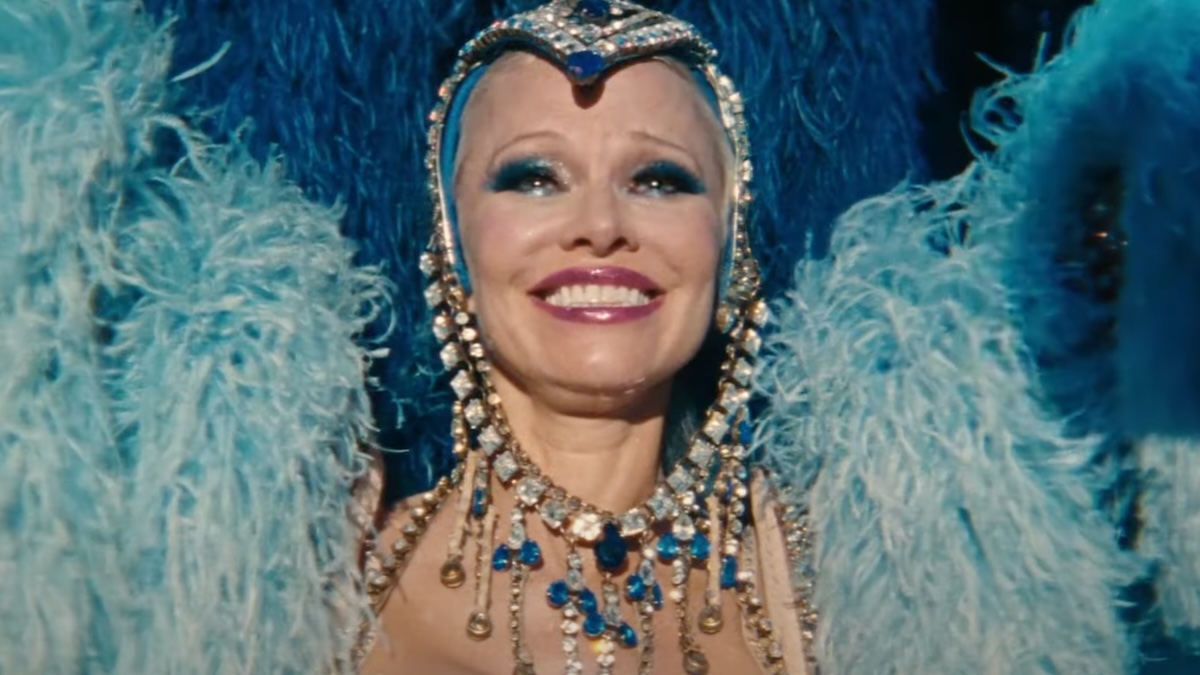If you’re someone who loves indie films that don’t shy away from exploring complicated relationships, Scrap is a movie you’ll want to put on your radar. The story, which centers around two estranged siblings, is brought to life by an incredible cast, including Anthony Rapp and Vivian Kerr.
In an exclusive interview with The Mary Sue, the two stars opened up about what it was like to portray such complex characters, the challenges of indie filmmaking, and what makes Scrap a film worth watching.
Sibling tension you can feel
At the heart of Scrap is the relationship between the two lead characters, siblings who haven’t spoken in years. When they finally reunite, it’s clear that years of unresolved emotions and unspoken truths are bubbling under the surface. Portraying such a tense, fragile relationship on screen isn’t easy, but both Rapp and Kerr were more than up to the challenge.
For Kerr, who plays the sister, it all started with a short. The short gave Rapp and Kerr a chance to develop their characters and explore the nuances of their relationship in a more condensed format before jumping into the full-length version. “It was like diving into the deep end and going with it,” Rapp said. By the time they transitioned into the feature, Kerr knew exactly who her character was and how she would interact with Rapp’s character.
Rapp, who plays the brother, found his role equally fascinating. He credits the script’s authenticity and emotional depth with making his job as an actor much easier. “It goes back to the writing. If the writing feels truthful, then it’s just like it’s I get to I get to just bathe in it, you know what I mean? he says. “It’s what’s exciting about it is having really fulfilling material to work with. I don’t have to feel like I have to stitch the pieces together in my own head and try to compensate for things because it’s all there.”
Rapp describes the connection between the two actors as something almost magical. “There was so much life happening between us as people in the room,” he says, “and I think that really comes through on screen.”
The Triple Threat of Writing, Directing, and Acting
One of the most impressive aspects of Scrap is that Vivian Kerr didn’t just act in the film, she also wrote and directed it! This is no small feat, especially in the world of indie filmmaking, where resources are often limited, and everyone wears multiple hats. For Kerr, the experience of juggling these roles was challenging but rewarding.
“If there’s anything that doesn’t work instead of having to be like, ‘Well let’s talk to the writer,’ you’re like no we’re cutting that line.” Kerr stated, “and that efficiency is great!” As both the writer and director, Kerr had complete control over the narrative and how it was being executed on screen. But that doesn’t mean the process was without its difficulties.
When presented with her own acting in the editing room Kerr said, “It was a little weird in only for the first I would say maybe like three or four days, and then actually I learned rapidly you kind of disassociate.” she teased, “towards the end, I would watch myself and just think like ‘Oh there’s that actress like oh she’s doing that thing with her face again!’ you know?”
The Indie Film Experience
When it comes to indie filmmaking, one of the biggest benefits is the level of creative freedom it offers. Without the constraints of big-budget studios and corporate interference, filmmakers have the chance to create something that feels more raw and authentic. Scrap is a perfect example of this. Kerr highlights the importance of location in bringing the story to life.
The film was shot in real Los Angeles spots, such as the Moonlight Rollerway. “I think it’s one of the only roller rinks left. So that was such an amazing location we got into and you want that. Why would you build that on a sound stage?” Kerr explains, “It’s so weird right? It’s like you want the place where there’s ghosts and like the walls are kind of whispering to you a little.” These real locations added an extra layer of realism to the film, grounding it in the city’s unique atmosphere.
Real, Raw, and Rewarding
Both Rapp and Kerr are quick to credit the collaborative nature of indie filmmaking for the success of Scrap. Despite the challenges of working with a smaller budget and less time, the film benefits from the strong connection between the cast and crew. “To have wonderful collaborative artists to work with on the day, in the room, like Vivian and Lana made it all much better too.” Rapp says. Kerr agrees, noting that it’s the heart of indie films like Scrap that resonate most with audiences.
In the end, Scrap is a testament to the power of storytelling. With strong performances, a sharp script, and a director who truly understands her material, the film delivers a raw, emotional punch that’s hard to forget. Whether it’s the authenticity of the sibling relationship, the indie spirit of the production, or the passion of everyone involved, Scrap is a must-see for anyone who loves heartfelt cinema.










Published: Dec 30, 2024 02:32 am